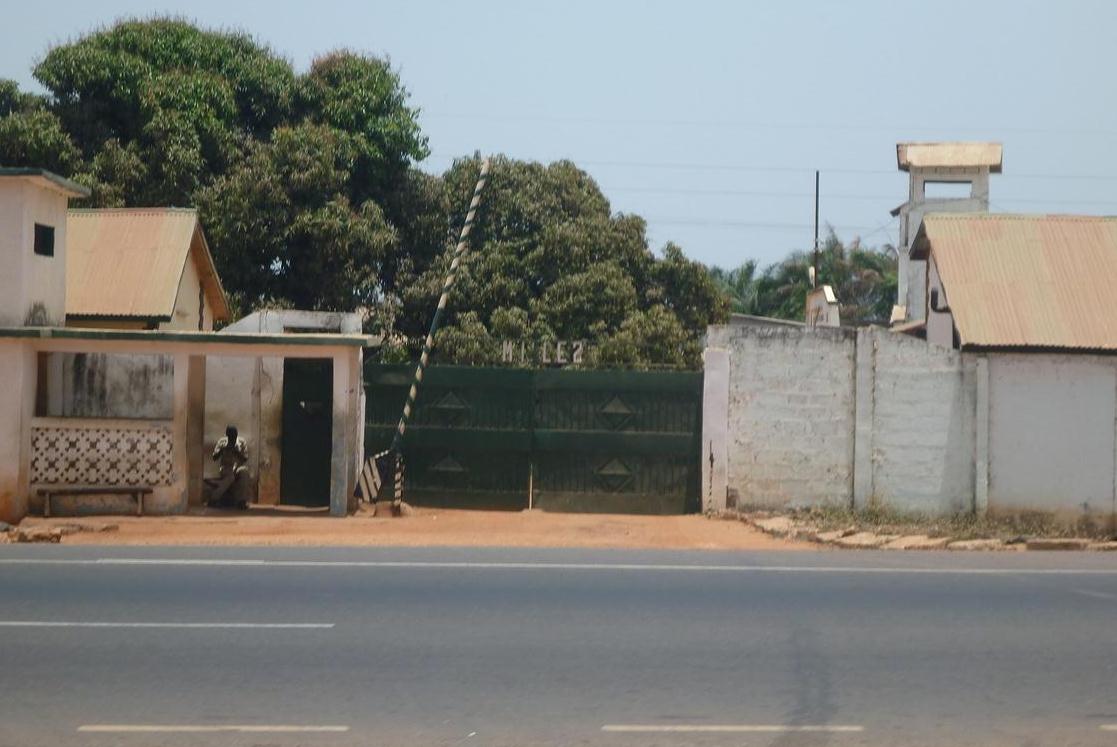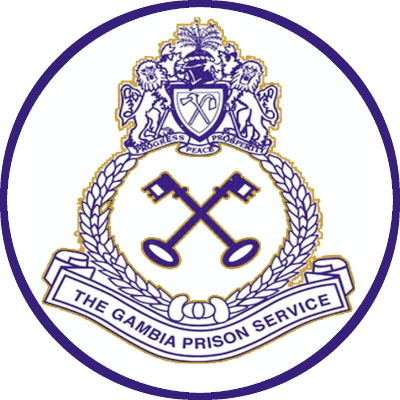History

The Gambia Prisons Service has its origins dating back to the colonial era under Lord Bathurst. The first prison facility was constructed at Bedford Place, now the site of the current Education Department. During that time, Gambian society was still largely unfamiliar with Western custodial practices, and the prison system was established to enforce colonial regulations, managed by their appointed attendants. The Bedford facility was initially built to accommodate up to 50 prisoners.
As the number of detainees increased, it became necessary to relocate the prison from Bedford Place to a new location. The chosen site was Campama, which was then a psychiatric center. As society expanded and crime rates rose, the colonial administration decided to establish another prison facility. This led to the construction of Mile II Prison, which was designed to hold a larger number of inmates in a safer and more secure environment, meeting international standards. During this period, Superintendent Peter, a white officer, was appointed as the head of the prison department. Additionally, an abandoned slave collection center in Kerewan, located in the North Bank, was repurposed as a prison, which was later transferred to Georgetown, now known as Janjanbureh Prison.
Following World War II, another prison was established at the Old Jeshwang settlement, which is now known as Jeshwang Prison Camp.
As the country continued to develop and crime rates increased, the prison department was eventually relocated to Campama in the northern part of the capital, and finally to Mile II Prison, which was designed to accommodate a larger number of prisoners under lawful custody in a safe environment, adhering to international standards.
Prison reform is often a complex and challenging process, and efforts to bring about change frequently encounter significant obstacles. However, this does not justify abandoning the effort but rather calls for a cautious approach that recognizes the crucial and challenging role of prison leaders in implementing effective and sustainable reforms. Prisons are inherently tough environments, particularly when they lack the necessary human, physical, and financial resources.
The role of a prison leader is inherently demanding and requires the unwavering commitment of a strong, dedicated, creative, and resilient individual.
The purpose and justification of a sentence of imprisonment or a similar measure depriving liberty is ultimately to protect society against crime. This can only be achieved if the period of imprisonment is used to ensure that, upon release, the offender is willing and able to lead a law-abiding and self-supporting life." (Standard Minimum Rules for the Treatment of Prisoners, Standard 58).
Prisons serve a critical function in society, playing a vital role in public and human security. Despite this, the task of creating and managing fair, humane, and effective prison systems is often not prioritized. Governments typically allocate funding to other areas such as housing, transportation, infrastructure, education, health, and defense. Additionally, public perception of prisoners tends to be negative, with little support for increasing public expenditure on prisons. Prison leaders frequently face the challenge of addressing a narrow public understanding of the goals of imprisonment, where the focus is more on punishment than on rehabilitation.
"All persons deprived of their liberty shall be treated with humanity and respect for the inherent dignity of the human person." (International Covenant on Civil and Political Rights, Article 10(1)).
The Gambia Prisons were initially designed to uphold human rights and comply with the conventions of the time. However, the institution began to lose its focus on these principles when it was co-opted by the governing body and influential politicians, turning it into a punitive center. The neglect by those in power led to the deterioration of the prisons, making them unfit for human habitation. The emphasis on punishment overshadowed the essential roles of rehabilitation, reformation, and reintegration. As a result, cells intended to house a maximum of five inmates were overcrowded with twenty-five, with little regard for ventilation, hygiene, or nutrition. The entire prison system—including administration, staff, inmates, and infrastructure—was neglected. Over the years, conditions worsened to the point where the Gambia Prisons now require significant rehabilitation or even the construction of new facilities.

